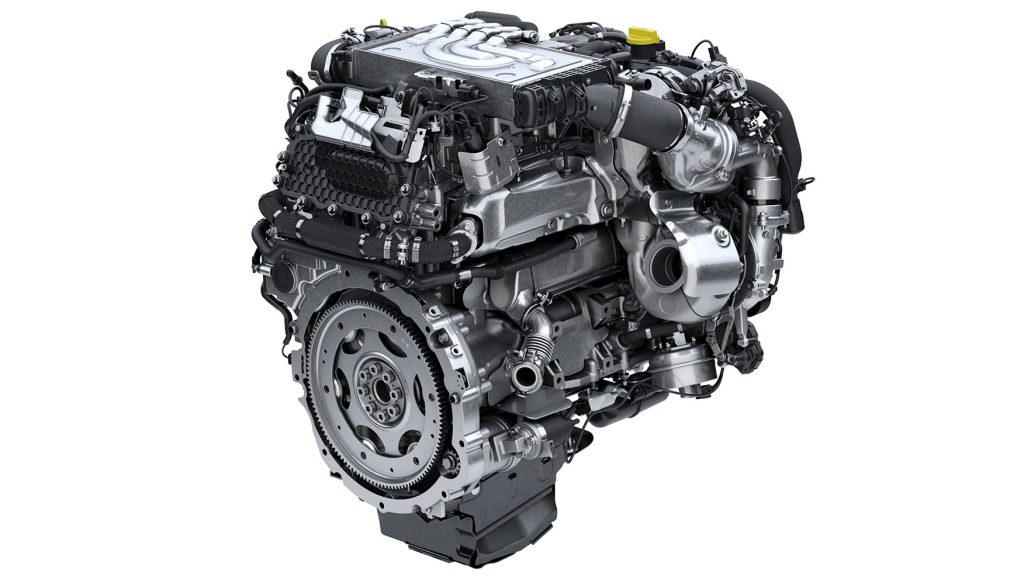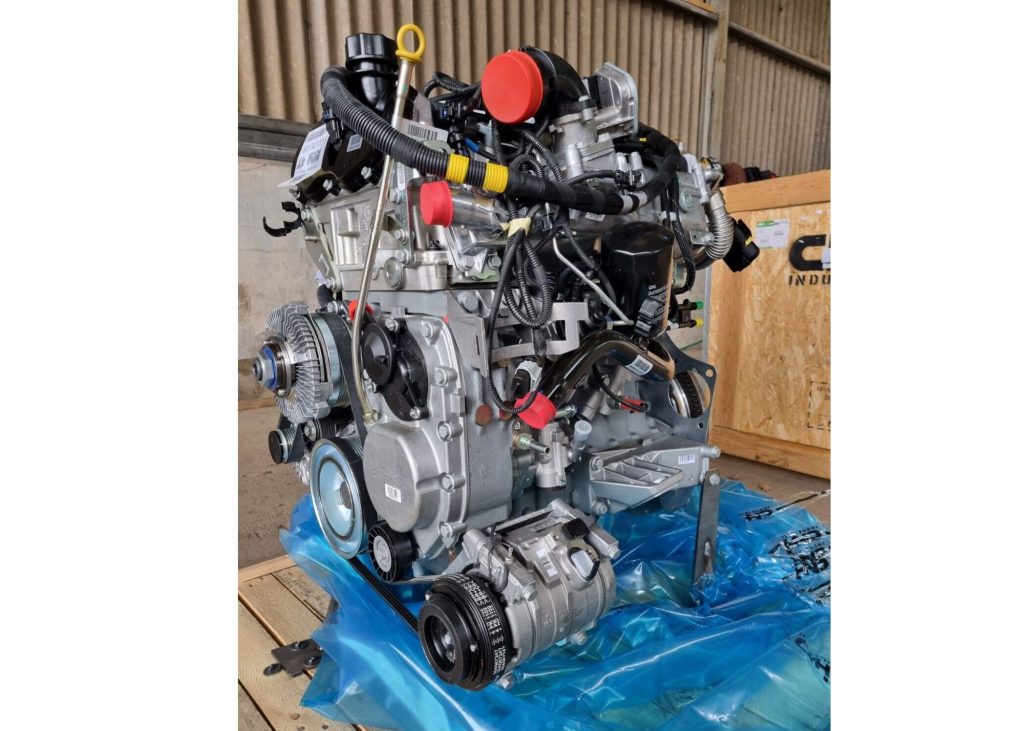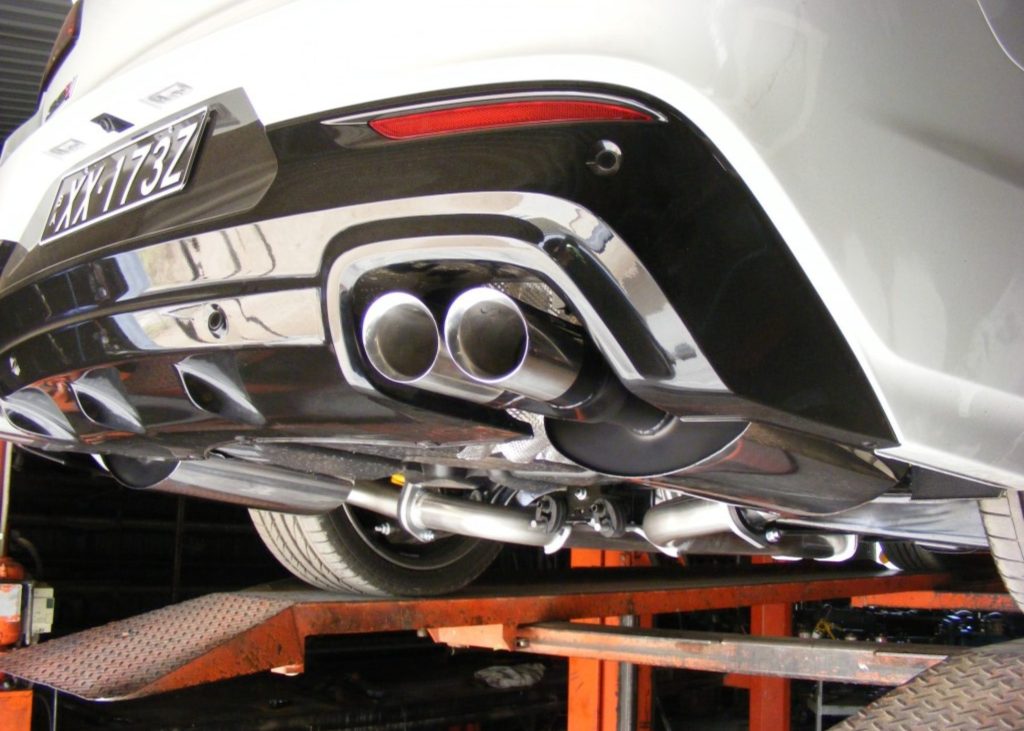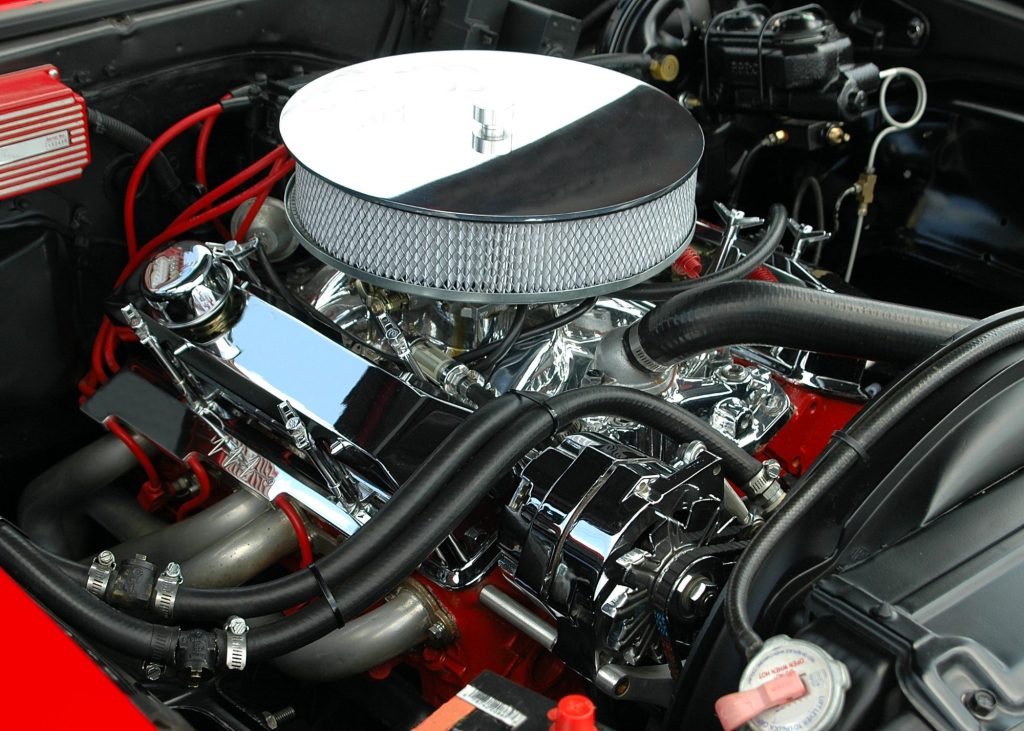In the world of modern automotive technology, electronic stability control (ESC) stands as a true guardian angel for drivers, ensuring safer journeys on the road. As one of the most significant advancements in vehicle safety, ESC has revolutionised the way cars handle and respond to adverse road conditions. In this article, we will explore the ins and outs of electronic stability control, its importance, and how it works to enhance road safety.
Understanding Electronic Stability Control
Electronic Stability Control, often referred to as ESC or ESP (Electronic Stability Program), is a computerised technology designed to enhance a vehicle’s stability by detecting and reducing the loss of traction. It is especially effective in preventing skids and slides, which can lead to accidents.
ESC was initially developed to address the issue of oversteer and understeer, two conditions where a vehicle loses control when taking a turn or manoeuvring through slippery surfaces. When the system detects any deviation from the intended path, it takes corrective actions to bring the car back on track, reducing the risk of accidents.

How ESC Works
Sensors
ESC relies on a network of sensors strategically placed throughout the vehicle. These sensors continuously monitor factors like wheel speed, steering input, lateral acceleration, and yaw rate.
Comparison
The ESC system compares the vehicles actual movement with the driver’s intended direction. If a discrepancy is detected, indicating a potential loss of control, the system springs into action.
Intervention
When the ESC system identifies an impending loss of control, it intervenes by selectively applying the brakes to individual wheels and, in some cases, reducing the engine power. By doing so, it helps stabilise the vehicle and correct it’s path, preventing it from skidding or spinning out of control.
Dynamic Adjustments
ESC is capable of making countless adjustments within a fraction of a second, ensuring that the vehicle remains stable during various driving conditions. This includes driving on wet, icy, or uneven surfaces, or while taking a sharp turns at high speeds.
Benefits of Electronic Stability Control
Accident Prevention
ESC has proven to be a lifesaver by significantly reducing the risk of single-vehicle and rollover accidents. Studies have shown that vehicles equipped with ESC are involved in fewer crashes.
Enhanced Handling
ESC enhances the overall handling of a vehicle, making it easier to control and manoeuvre, especially in emergency situations.
Improved Traction
The system helps maintain traction by maintain traction by managing wheel spin, which is especially useful on slippery surfaces or during rapid acceleration.
Increased Resale Value
Vehicles equipped with ESC are often viewed more favourably by potential buyers, making them easier to sell and potentially fetching a higher resale value.
Peace of Mind:
For drivers, ESC provides peace of mind, knowing that their car can intervene to keep them safe when faced with challenging driving conditions.
Regulations and Adoption
In recognition of the safety benefits ESC offers, many countries and regions have introduced regulations requiring all new vehicles to be equipped with ESC. The United States, for instance, made ESC mandatory on all new passenger cars and light trucks manufactured after September 1, 2011.
Electronic Stability Control is an essential technology that has significantly reduced the number of accidents on our roads. By preventing skids and spins, ESC not only saves lives but also enhances the overall driving experience. When choosing a new vehicle, it is advisable to opt for one equipped with ESC to ensure your safety and the safety of your passengers. In the grand scheme of automotive safety, ESC stands as a vital milestone in making our roads a safer place for everyone.
Electronic Stability Control (ESC) – FAQ
ESC is a safety feature in cars that helps drivers maintain control of their vehicle during sudden manoeuvres or slippery road conditions.
How does Electronic Stability Control work?
ESC uses sensors to monitor wheel speed, steering input, and vehicle direction. If it detects a loss of traction, it can apply individual brakes and adjust engine power to help stabilise the car.
Why is Electronic Stability Control important?
ESC can prevent skids and loss of control, reducing the risk of accidents, especially in adverse weather conditions.
Is ESC the same as traction control?
No, ESC and traction control are related but serve different purposes. ESC is designed to prevent skidding and help maintain overall vehicle stability, while traction control focuses on preventing wheel spin during acceleration.
Is ESC mandatory in all cars?
Many countries have mandated ESC in new vehicles, but the exact regulations vary by region. Since 2007 ESC has been mandatory in the EU for all new vehicles and the UK has adopted this into law since 2011.
Can I turn ESC off in my car?
Most vehicles with ESC allow the driver to disable it, but it’s generally recommended to keep it on for safety.
Does ESC improve handling and cornering performance?
Yes, ESC can enhance handling and help prevent loss of control during sharp turns.
What are the signs that ESC is working?
If ESC is actively working, you may feel the brake pedal pulsate or hear a noise, indicating that it’s applying brakes to specific wheels.
Can ESC prevent rollovers?
While ESC primarily focuses on preventing skidding and loss of control, it can indirectly help reduce the risk of rollovers by maintaining stability.
Is ESC effective on all road surfaces?
ESC is most effective on slippery or uneven road surfaces, such as ice, snow, wet pavement, and gravel.
Can ESC compensate for bad tires?
ESC can help, but it’s not a substitute for having proper tires. Good tires are essential for optimal ESC performance.
Does ESC increase fuel consumption?
ESC may have a slight impact on fuel consumption, as it can reduce engine power or apply brakes, but the effect is generally minimal.
Can ESC be retrofitted to older cars?
It’s possible to retrofit some older vehicles with ESC, but it can be a complex and expensive process so it is usually not worth the effort.
Are there any maintenance requirements for ESC?
ESC is designed to be maintenance-free, but you should have your vehicle’s overall braking system inspected regularly.
Are there any maintenance requirements for ESC?
ESC is designed to be maintenance-free, but you should have your vehicle’s overall braking system inspected regularly.
Does ESC replace safe driving practices?
No, ESC is a safety aid, not a replacement for safe driving. Drivers should still follow safe driving practices and adjust their speed and behaviour to road conditions.
Can ESC prevent accidents in emergency situations?
ESC can significantly reduce the likelihood of accidents during emergency manoeuvres, but it cannot prevent all accidents.
Do all car manufacturers offer ESC?
Most modern car manufacturers include ESC as a standard or optional feature in their vehicles.
Is ESC the same as electronic stability program (ESP)?
ESP is a term often used interchangeably with ESC, as it refers to the same technology that helps maintain vehicle stability.
Is ESC available in all vehicle types, including trucks and SUVs?
Yes, ESC is available in a wide range of vehicle types, including trucks and SUVs.
Does ESC work in conjunction with other safety features, like ABS and airbags?
Yes, ESC can work alongside other safety features like anti-lock brakes (ABS) and airbags to provide comprehensive vehicle safety.

































